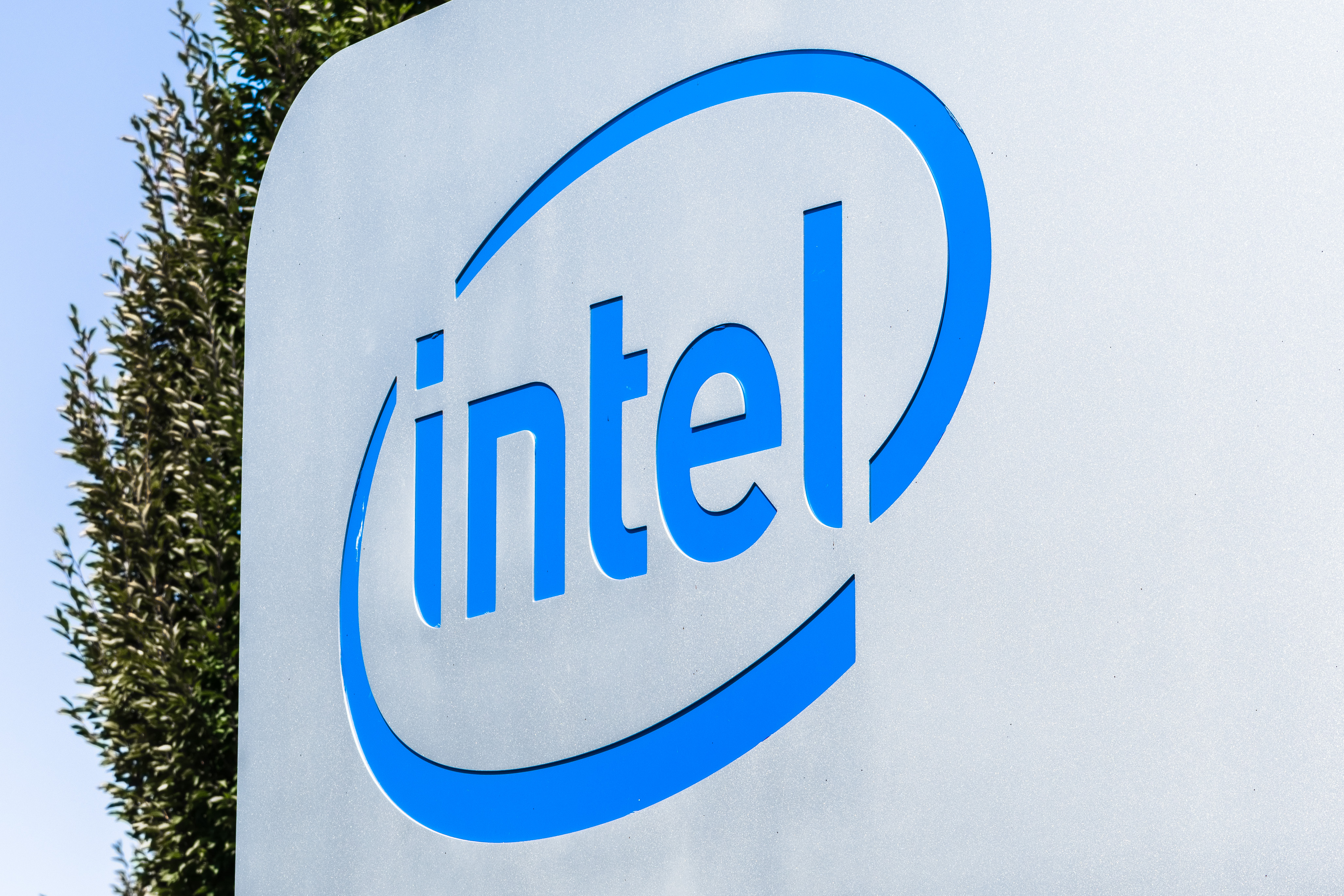Report: Intel CPU Shortages Still Hit Laptop Market in Q4 2019

Notebook original design manufacturers (ODMs) were still impacted by Intel’s ongoing supply issues in the fourth quarter of 2019, according to DigiTimes, which also reported that CPU shipments in Q1 2020 will be up to 15% lower compared to Q4 2019.
DigiTimes reported on Friday that notebook makers experienced weaker-than-expected shipments in Q4 2019. The report attributed this to Intel’s CPU shortages, as well as previous high inventory build-ups to avoid U.S. tariffs.
For Q1 2020, shipments are expected to drop 10-15% sequentially compared to Q4 2019. A large part of this may be due to regular seasonality, considering the end of the holiday season.
Intel’s CPU supply issues seemingly continue to linger. Intel said in October it had increased its wafer capacity by 25% in 2019 and expects to realize a similar increase in 2020. The company said this would increase its PC client supply by double digits in the second half of 2019 (compared to H1) and expected to see another single digit increase in CPU supplies in 2020. However, the company admitted that growth wasn’t enough and that it would continue to struggle in Q4 2019.
Intel has also apologized to customers for supply constraints.
Get Tom's Hardware's best news and in-depth reviews, straight to your inbox.
-
InvalidError Quite amazing how Intel's sales remain maxed-out despite two years of AMD offering significantly more bang-per-buck across the board. With AMD having under-estimated demand for 3rd-gen, AMD won't have the spare wafers to push for market share by filling in for more of Intel's shortages any time soon either.Reply -
GetSmart Reply
Remember the MSI CEO interview posted by Tom's Hardware? Could be due to AMD's less than stellar support for laptop ODMs and manufacturers. Perhaps that is why Intel's chips remained the prefered (first) choice, especially the smaller ODMs.InvalidError said:Quite amazing how Intel's sales remain maxed-out despite two years of AMD offering significantly more bang-per-buck across the board. With AMD having under-estimated demand for 3rd-gen, AMD won't have the spare wafers to push for market share by filling in for more of Intel's shortages any time soon either.
Edit: Here's a bit of proof -
urbanman2004 Reply
There's more to the PC market than just your average PC gamer. Enterprise (server) and mobile market segments are Intel's bread and butter... This should offer you a better understanding behind Intel's shortcomings. Please read: https://wccftech.com/intel-10nm-yield-is-ahead-of-expectation-7nm-ponte-vecchio-gpu-on-track/InvalidError said:Quite amazing how Intel's sales remain maxed-out despite two years of AMD offering significantly more bang-per-buck across the board. With AMD having under-estimated demand for 3rd-gen, AMD won't have the spare wafers to push for market share by filling in for more of Intel's shortages any time soon either. -
InvalidError Reply
AMD has more than just desktop products too and its enterprise/server CPUs have a huge performance per dollar advantage over Intel's parts so Intel has to drop its high-end server CPUs' MSRPs by $3000-5000 to remain remotely competitive.urbanman2004 said:There's more to the PC market than just your average PC gamer. Enterprise (server) and mobile market segments are Intel's bread and butter... -
spongiemaster Reply
Has AMD really ever challenged Intel in the notebook market? Especially with notebooks, it's not just the CPU, Intel's total platform offerings have always been superior to AMD's and still are today.InvalidError said:Quite amazing how Intel's sales remain maxed-out despite two years of AMD offering significantly more bang-per-buck across the board. With AMD having under-estimated demand for 3rd-gen, AMD won't have the spare wafers to push for market share by filling in for more of Intel's shortages any time soon either. -
urbanman2004 Reply
I never disputed that AMD's products offer more value for its performance compared to Intel. Hell, I just built myself an 3700X rig last month which is my first AMD rig in like "forever". You on the other hand negate the fact that Intel's consumer desktop computing side of their business is not priority which is what I originally argued in the first place.InvalidError said:AMD has more than just desktop products too and its enterprise/server CPUs have a huge performance per dollar advantage over Intel's parts so Intel has to drop its high-end server CPUs' MSRPs by $3000-5000 to remain remotely competitive.